2021 Honda CMX1100
From my first experiences with a DCT equipped Africa Twin I thought right from the off, ‘this powertrain would work great in a cruiser’. With more crank weight and a different state of tune of course, but the fundamentals were there for Honda to capitalise on their well-proven and increasingly well-tuned DCT gear-box. It was always going to happen, but I had expected the first cab off the rank to be a low slung bagger.
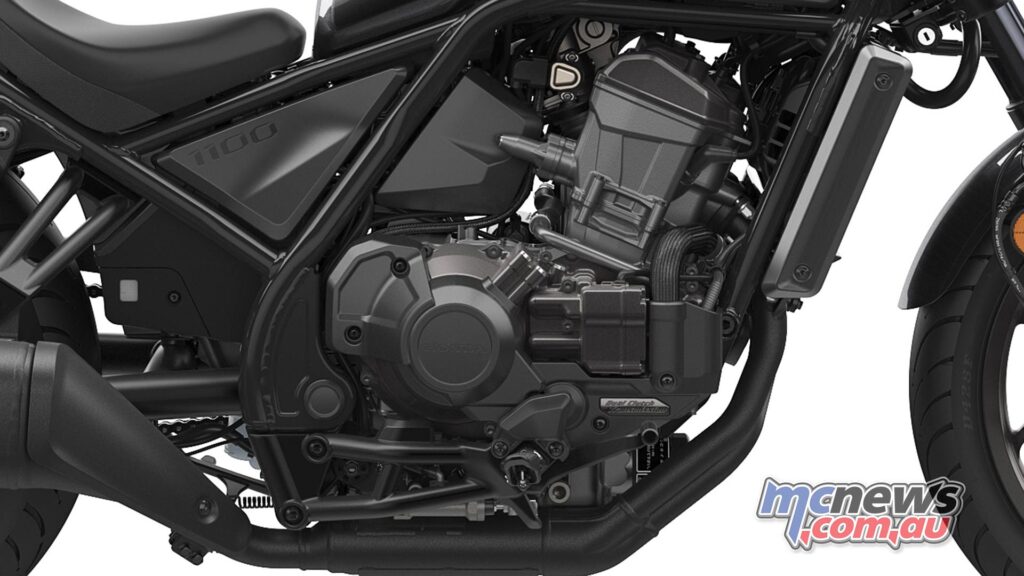
Instead Honda have effectively up-sized the successful CMX500 bobber and at a glance, from a distance, you would hardly be able to tell the new CMX1100 and well-established CMX500 apart as they are clearly cut from the same cloth. This also provides riders of the CMX500 a logical pathway to upgrade once they have achieved their full licence. With more than 25,000 CMX500 sold each year across the globe there are plenty of CMX riders that might be keen to upgrade.
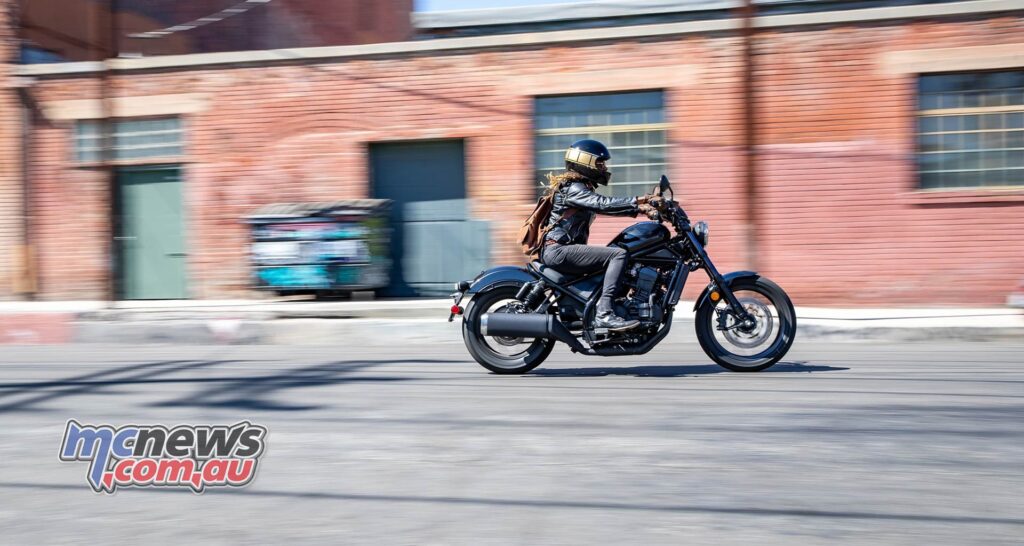
The CMX1100 will come in both conventional manual and DCT guises so people will still be given that choice. To my mind though the DCT in this application is a natural fit and would be simply fantastic around town.
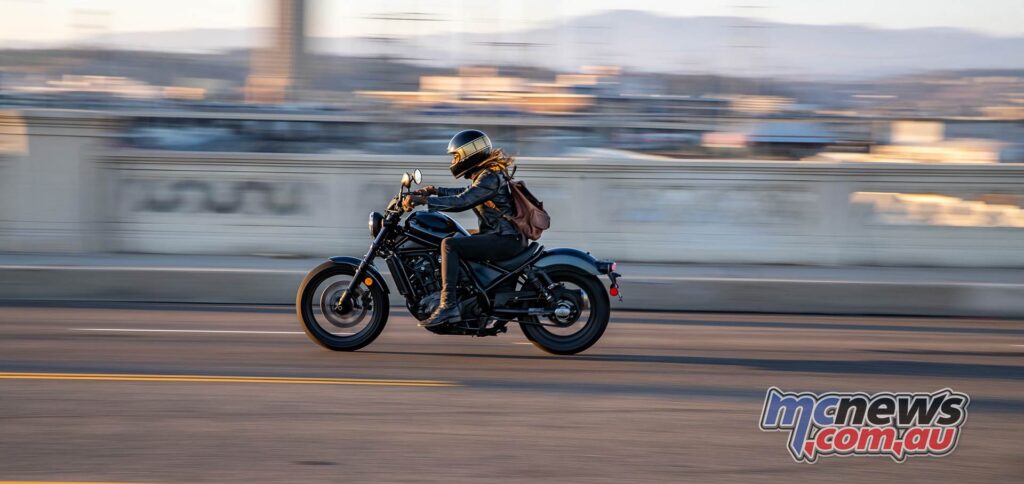
Seat height is a very low 700 mm and the 13.6 litre fuel cell narrow between the knees.
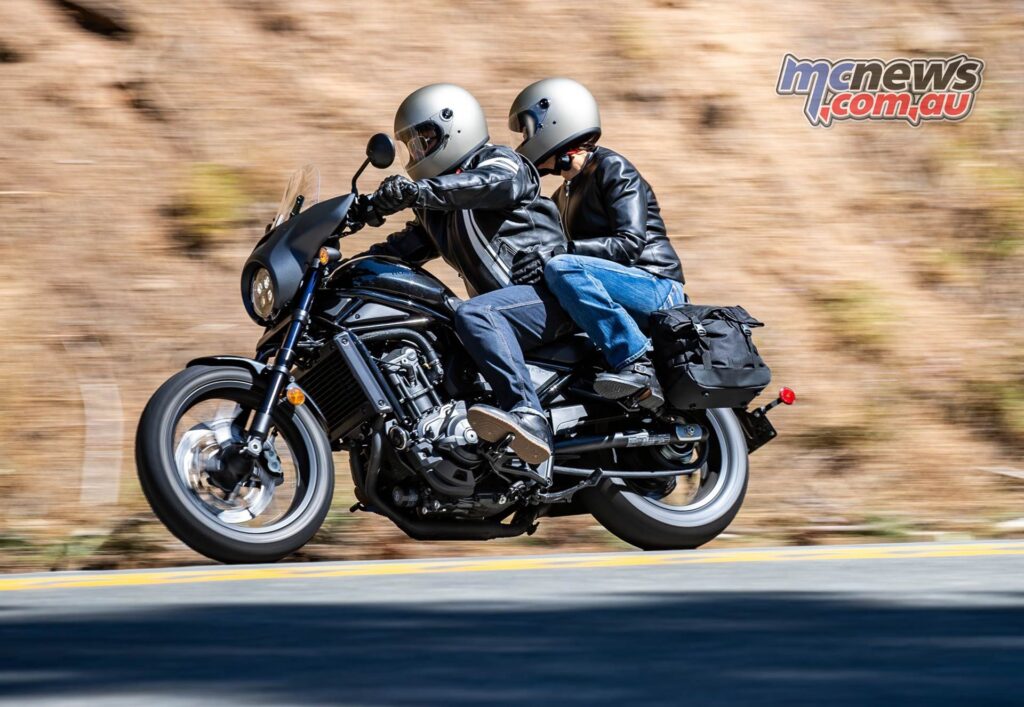
While the CMX1100 is very much a stripped back bobber there are a cavalcade of accessories to extend its touring credentials. A bat-wing style front fairing, soft panniers and a luggage rack will all add long-distance amenity to the CMX1100.
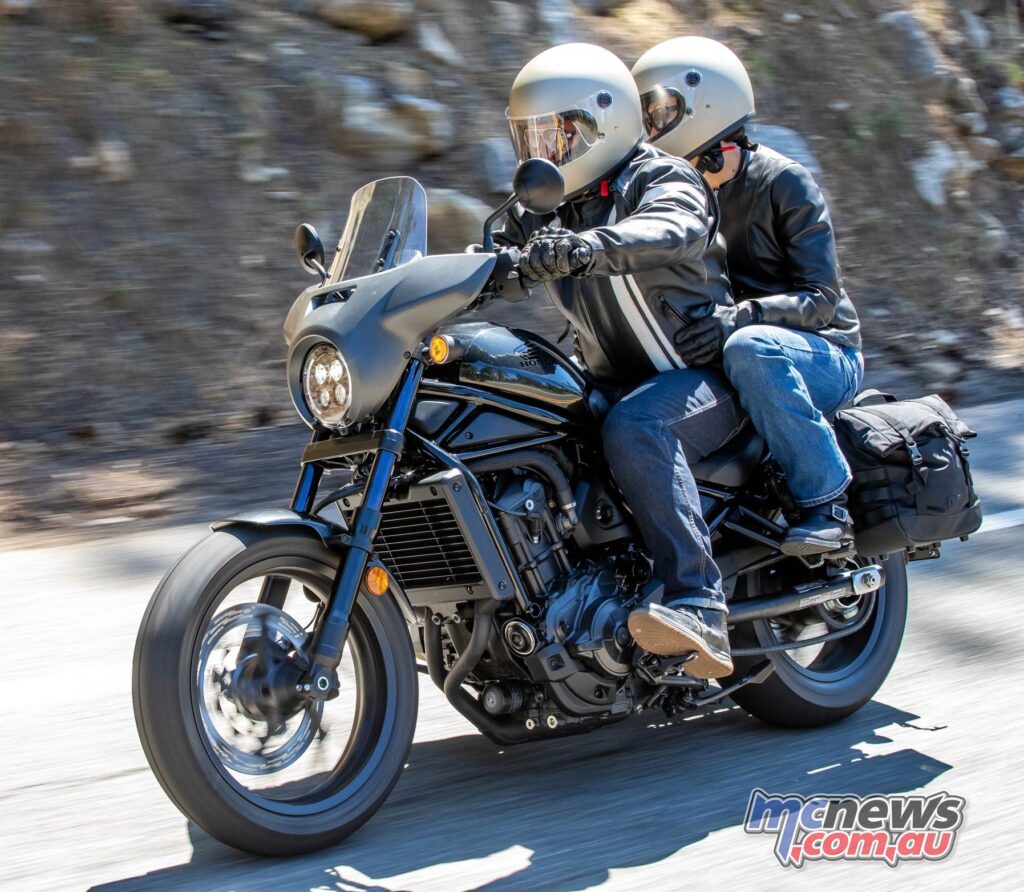
Most Japanese manufacturers have pretty given up on trying to gain a significant foot-hold in the Australian big-bore cruiser market. Most of their large capacity models were simply too expensive to compete against comparable Harley-Davidson models and thus they simply stopped importing them, choosing to keep only affordable mid-capacity models in their line-up.
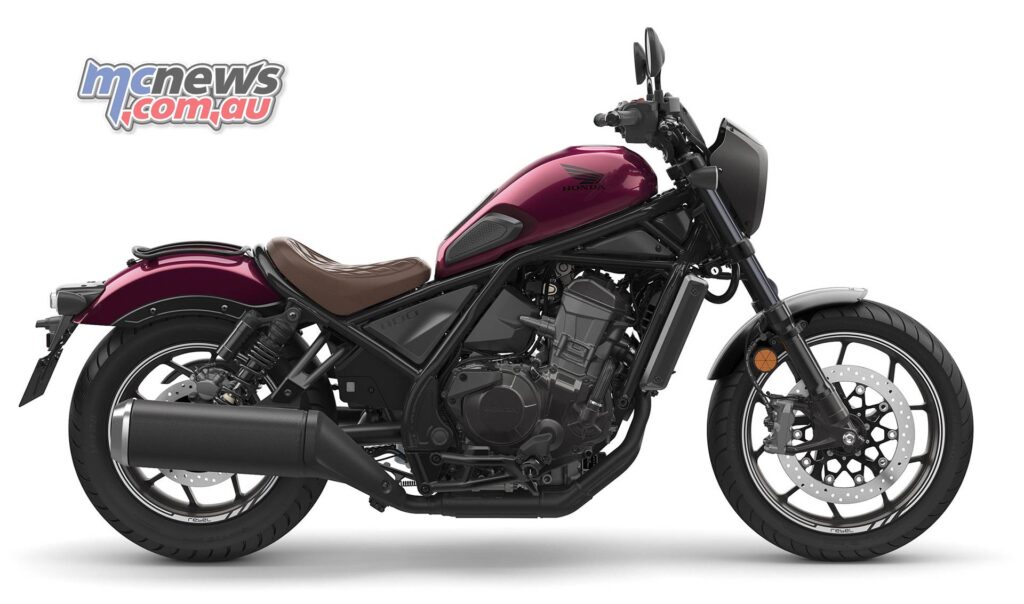
In the modern cruiser world the CMX1100 could not exactly be called a big-bore, but at 1084 cc it does perhaps tread some fertile middle ground between most current offerings, before that huge step up to the real big American iron on offer.
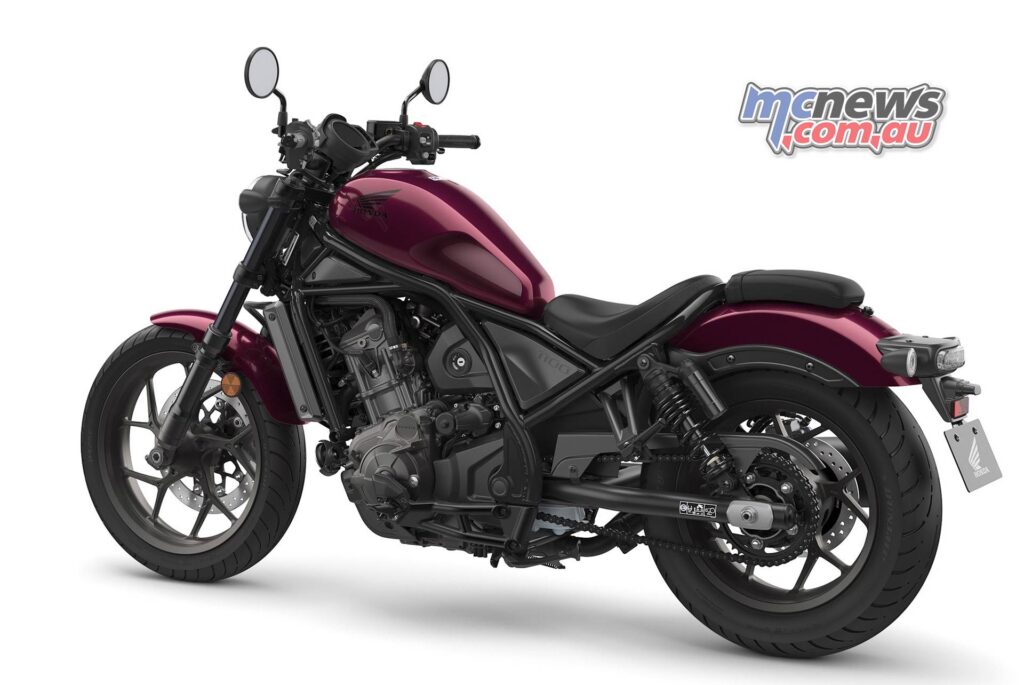
For the Rebel, Honda have added an extra 32 per cent flywheel mass over the Africa Twin while new camshafts are tuned to accentuate the power pulses.
The Honda’s 270-degree firing parallel twin is quite charismatic, especially in the DCT variant where more reciprocating mass adds to that character.
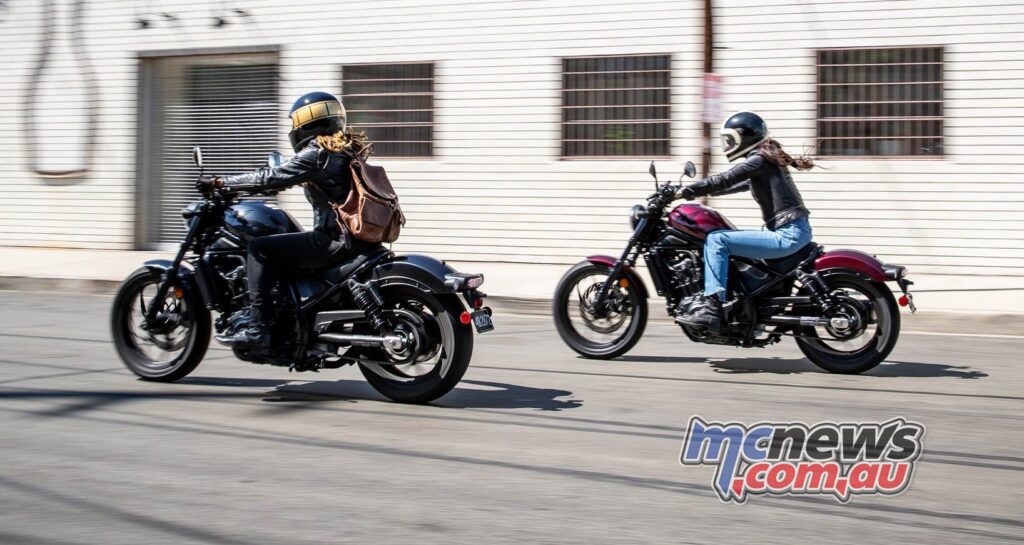
I really look forward to riding the DCT version of the CMX1100. The DCT engine even looks more muscular thanks to its extra width and those chiselled covers. It will boast an even stronger beat thanks to the extra weight of the DCT internals. The DCT can be left completely to its own devices or the rider can select gears manually via paddle shifters on the left bar.
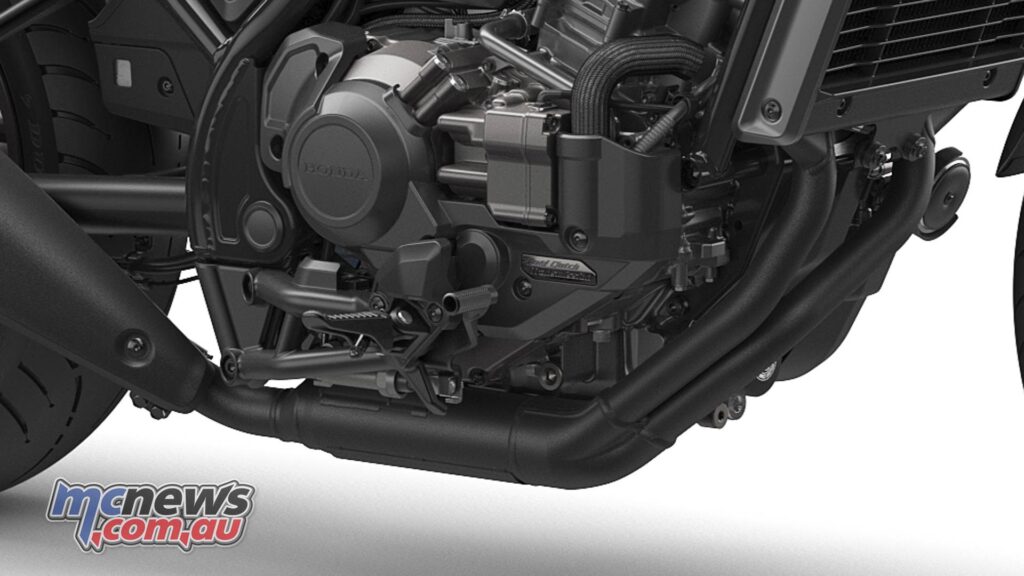
Indian’s Scout is perhaps its most direct competitor. The CMX1100 matches the Indian for torque and delivers that peak 98 Nm of twist 1250 rpm earlier than the Scout, despite a 50 cc deficit. The American bike does claim 14 more ponies than the Honda, but the CMX1100 tips the scales 30 kg lighter.
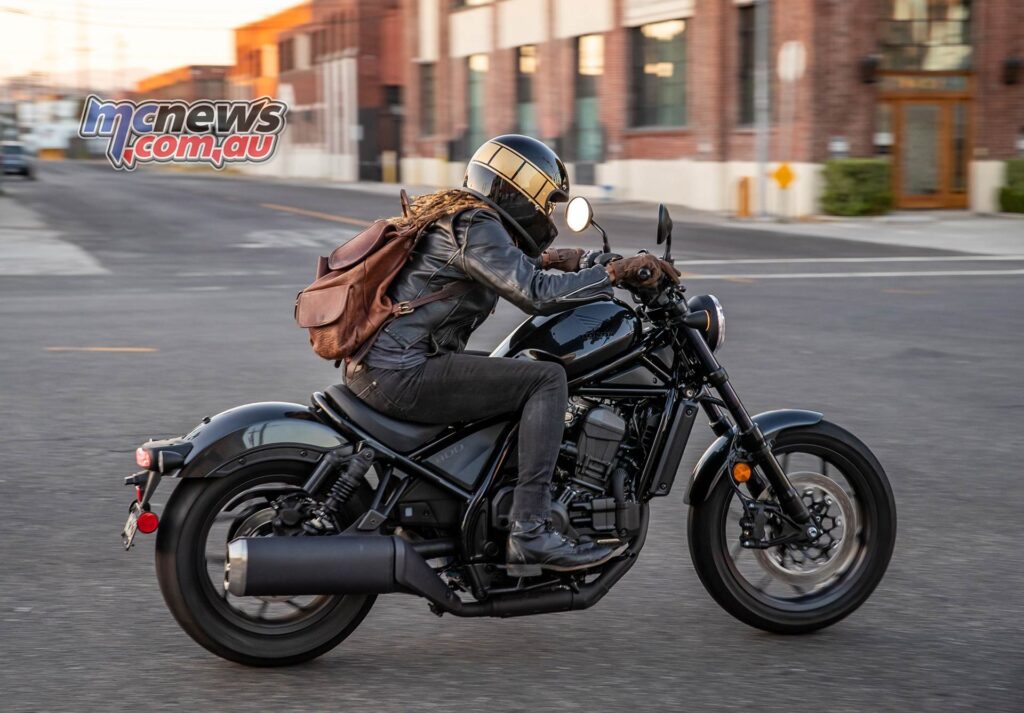
Claimed Torque 98 Nm at 4750 rpm
At 35-degrees Honda claim six more degrees of lean angle than the Indian and also boasts larger forks and piggyback shocks.
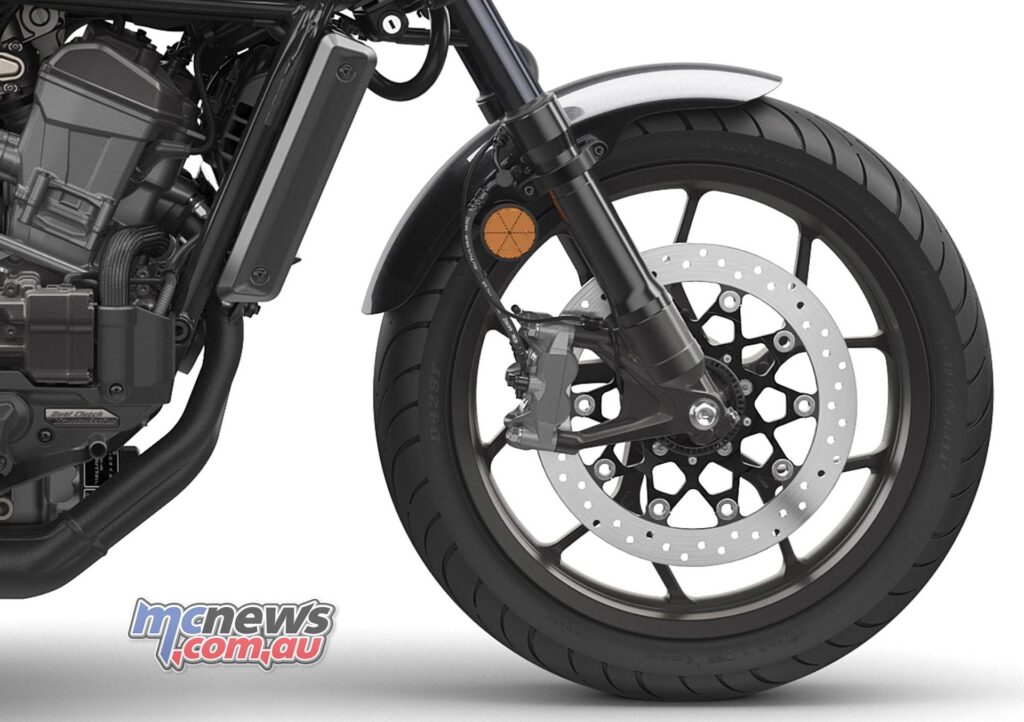
Both the Scout and the CMX only run one brake at the front but the Honda’s is a higher spec’ radial mount four-piston monoblock with much larger 330mm rotor.
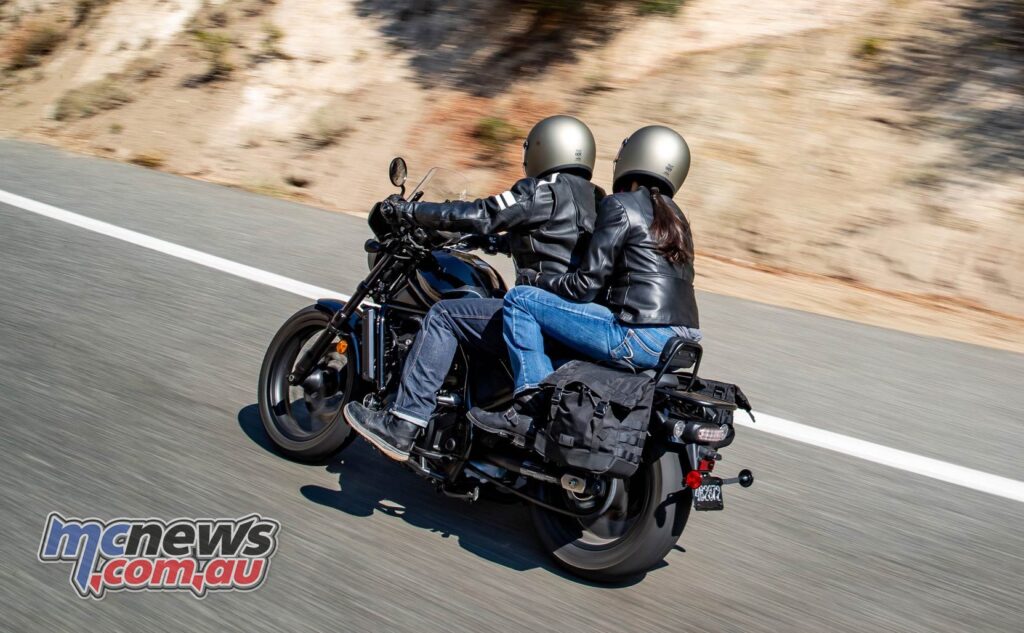
Cruise control is standard as is traction control, ABS, and selectable riding modes.
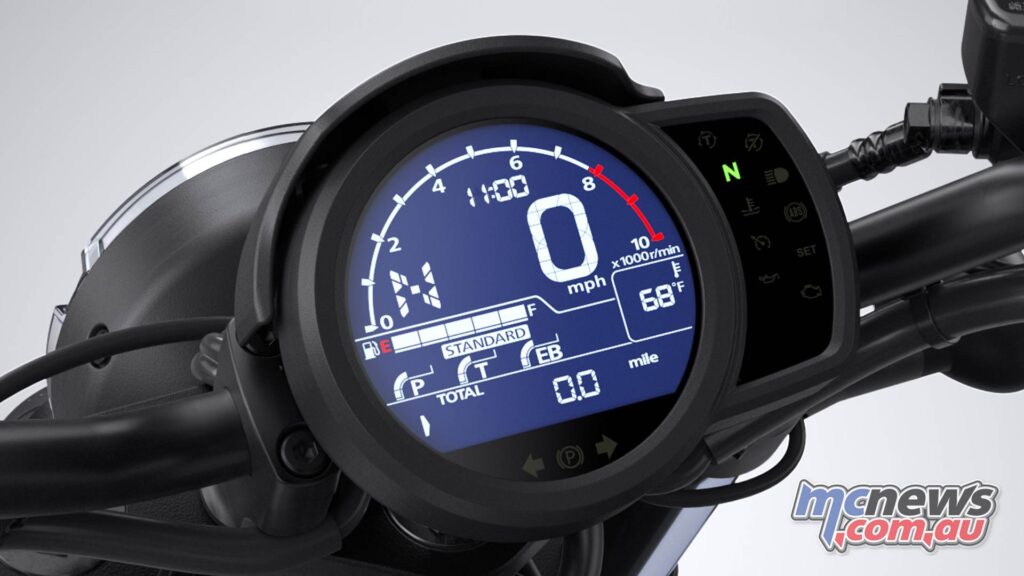
If priced right then Honda could have a winner on their hand. Strip off any of the extraneous stuff, add a nice set of pipes along with some bar end mirrors and I reckon it would be a nice thing to buzz around town on.
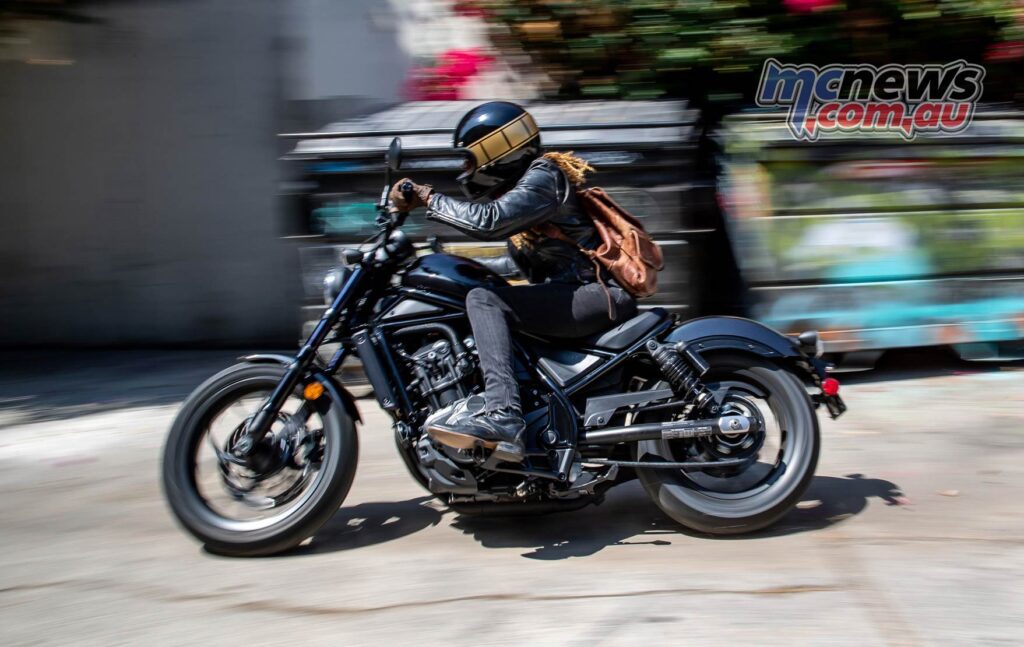
Australian pricing will not be set until sometime in the new year and the bikes are expected to arrive sometime in the first half of 2021.
| 2021 Honda CMX1100 Rebel Specifications | |
| Engine | 1084cc, SOHC liquid-cooled 4-stroke 8-valve parallel twin with 270° crank and Uni-cam, EURO5 compliant |
| Bore x Stroke | 92 x 81.5 mm |
| Compression Ratio | 10.1:1 |
| Claimed Power | 86 hp at 7000 rpm |
| Claimed Torque | 98 Nm at 4750 rpm |
| Induction | PGM-FI electronic fuel injection |
| Gears | Six-speed Manual Transmission; DCT: 6-speed Dual Clutch Transmission |
| Clutch | Wet multi-plate clutch; DCT: Wet multi-plate hydraulic two-clutch |
| Frame | Tubular steel frame |
| Forks | Preload adjustable 43mm cartridge style |
| Shock | Preload adjustable twin piggyback rear shock |
| Wheels/Tyres | Multi-spoke cast aluminium 3.50 x 18 in, 5.00 x 16 in, 130/70B18 M/C, 180/65B16 M/C |
| Front Brakes | Radial mounted monoblock four-piston brake caliper, 330mm floating single disc, 2-channel ABS |
| Rear Brake | Single piston caliper, 256mm single disc, 2-channel ABS |
| Electronics | Riding Modes, Honda Selectable Torque Control and Wheelie Control, Cruise control; DCT: D mode (automatic) shifting |
| Instrumentation | Offset 120mm negative LCD instrument display, USB-C charger |
| Kerb Weight | 223kg; DCT: 233kg |
| Seat Height | 700 mm |
| Wheelbase | 1520 mm |
| Caster / Fork Angle / Trail | 28° / 30° / 110 mm |
| Fuel Capacity | 13.6L |
| Service Intervals | N/A |
| Warranty | 24 months |
| Available | First half 2021 |
| Price | TBA |
CMX1100 Image Gallery

















































































